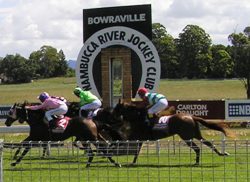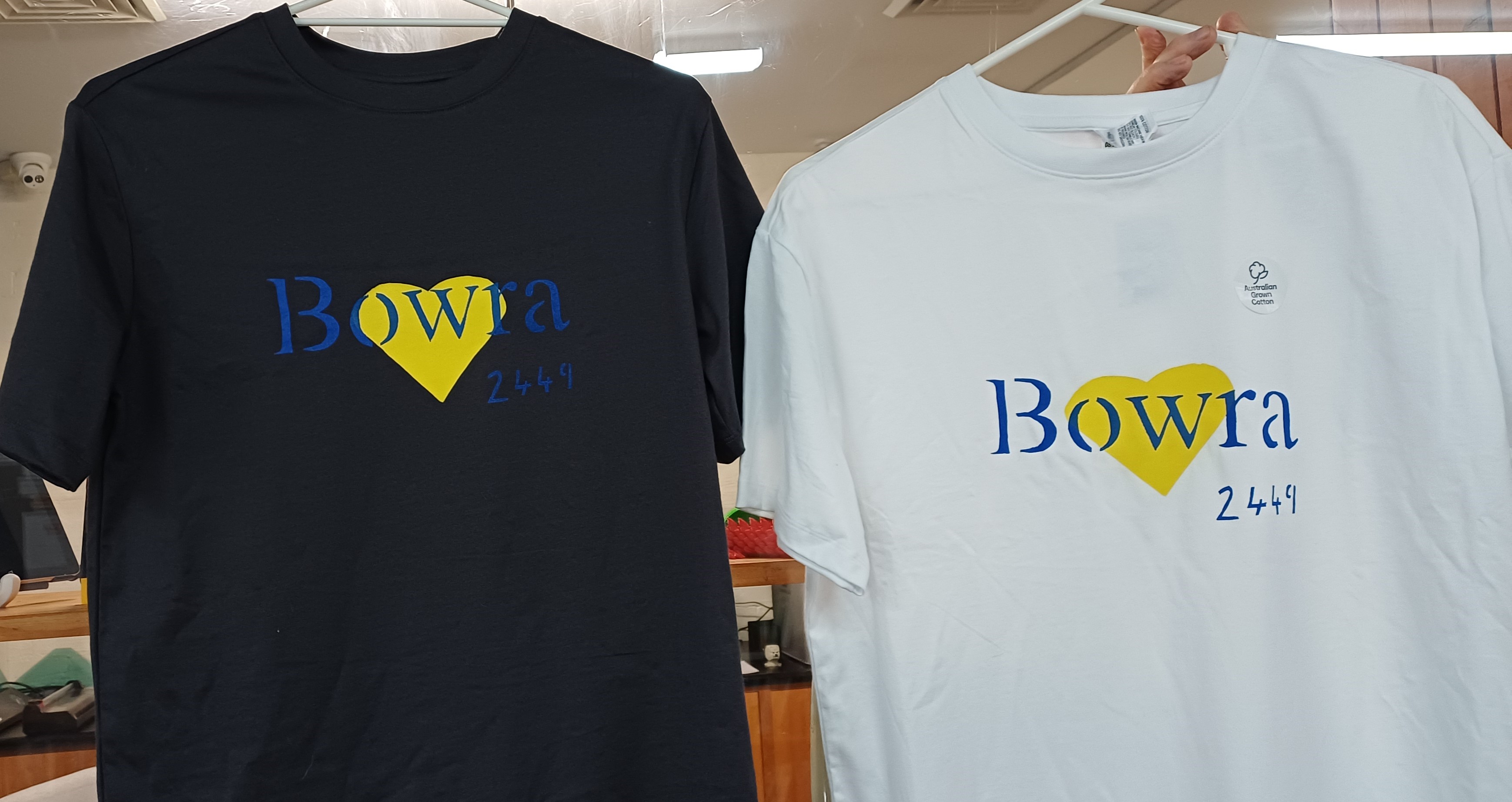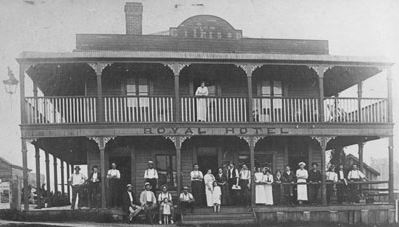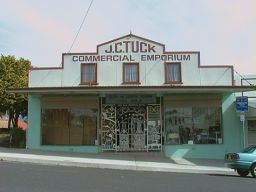History of Bowraville
Bowraville is steeped in history.
The Gumbaynggirr people have inhabited the Nambucca valley and the surrounding areas for thousands of years.
In March 1841 Clement Hodgkinson explored the upper reaches of the Nambucca and Bellinger Rivers. He was the first European to make contact with the local Aboriginal community. The township, originally named Bowra, grew up in the 1850s and 1860s. It was renamed Bowraville in the 1870s because confusion was occurring with the Southern Highlands township of Bowral. The word Bowra comes from the Gumbaynggirr place name Bawrrung.
In the early years of its existence, Bowraville was primarily a timber town. It grew to meet the needs of the local timber cutters and so by the 1870s it boasted two hotels, a number of general stores, a blacksmith shop, a tailor, local post office, a school and a number of churches. By the 1880s, while timber was still dominant the district was also an important dairy and pig raising area.
The town remained relatively static throughout the 20th century but by the 1980s this area of the New South Wales coast was attracting people looking for a better life style. Today this better lifestyle is apparent in venues like the beautifully restored historical theatre in the main street. The town's main street has been carefully recreated (much of it had been destroyed by a series of bush fires) so that it maintains a certain old world charm.
|
The Bowraville Folk Museum was officially opened on the 13th December 1970 by members of the Bowraville & District Historical Society as a Captain Cook Bi-Centenary Celebration project. The original building was a general store operated by Mr, W. Tuck and owned by Mr. J. Newman. the building was known as the 'Red House'. In 1916, a fire that sweep through the town destroying the 'Red House', the chemist's shop, the CBC Bank, a fruit shop, and three private homes. The building was rebuilt and in 1917 the Bellingen firm Hammond and Wheatley opened for business. The building was then sold to J. Tuck, who ran it as a grocery & hardware with A. Mills managing the drapery department. The drapery department changed hands several times: Mr. A Mills was succeeded by Mr. P Hogan, the Stone brothers, and finally by Messrs. Gilles and Moses, who were present in 1929 when again fire demolished the building. The Flat next door, then occupied by a dentist and solicitor, escaped damage as the wall on that side of the building remained standing.
The present building was then rebuilt by Mr J Newman and Mr J. Tuck ran the business until 1939, when the Macksville firm of 'Halls for All' purchased his business with also Lonergan and Reynolds running a general store in the building. The businesses failed and both shops were closed, leaving Bowraville with two stores run by K.J. Busteed and F. Elias. During the War the building was acquired by the Army and became the headquarters and depot of the local V.D.C (Volunteer Defence corps). The V.D.C. was a military unit raised to assist in the defence of Australia. it was made up of men unable to join the regular Army. After the war, Ossie Blackman used the building as a hardware department and furniture store with W. Rowe as manager. On the death of Joseph Newman in 1951 the property passed into the hands of his four daughters, Mesdames Tuck, Howle, Manny, and Lewis. About 1968 they donated the entire complex including the flat to Nambucca Shire Council, to be used by the Bowraville and District historical Museum. Max Hill was responsible for setting up the Museum. He was the town blacksmith and forged the sculptured gates at the entrance to the museum. It was officially opened on the 13th December 1970. Meetings by the Bowraville and District Historical Society were held once a month in the evenings in the Museum. Jim Brown, who was President at the time, built the sheds and back area of the Museum with a grant from Nambucca Shire Council. During the 1980's, when a Development Application was applied for and granted, approval was gained to relocate the Presbyterian Church from George Street to the Museum grounds. The Church is described by the Bowraville Heritage Study as a neat timber church in ecclesiastical gothic style, of simple, gabled construction with gabled portico and lancet windows with stained glass. It is an attractive example of nineteenth century timber churches. Development of the kitchen and dinning areas were also constructed at this time. In 1986 a development application was lodged by the Bowraville and District Historical Society to relocate the boarding house facade, built as a back-drop for the film 'The Umbrella woman', to the Museum. The late nineteenth century style facade consists of two storeys with a verandah. The second level is an attic storey with gothic style dormer windows. The hipped skillion verandah is supported by timber posts with attractive, fretted brackets. It has decorative balustrade with simple timber pieces and iron roofing. Approval by the Nambucca shire Council was given to erect the facade on 26th June, 1986. |
Many jobs have been lost in recent years with the decline of the timber industry however agriculture has diversified from the traditional core of dairy farming to include beef cattle. The area has also seen the development of such activities as macadamia farms, avocado growers, agro forestry, bush foods, alpacas and organic vegetables.
Bowraville boasts a very popular horse racing track that sees an ever increasing interest from the local area as well as from further a field. Each year, its four race meetings attract large registered betting interest and many who just come for the spectacle of events such as the Bowra Cup.
 Race Course
Race Course

.jpg?template=generic)


